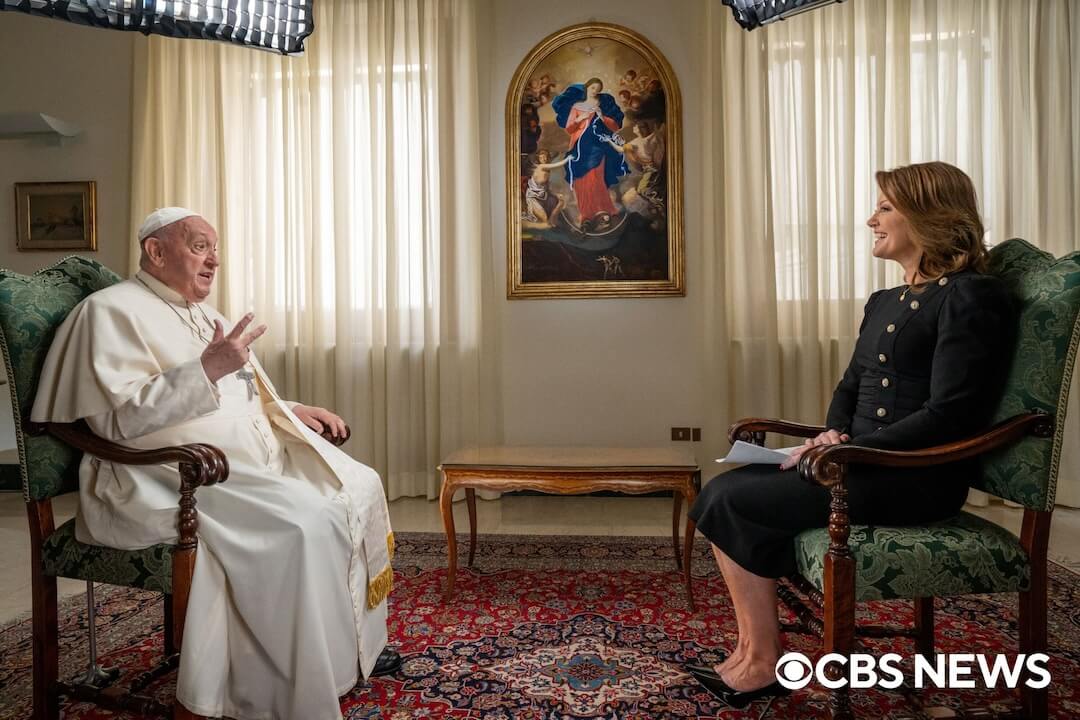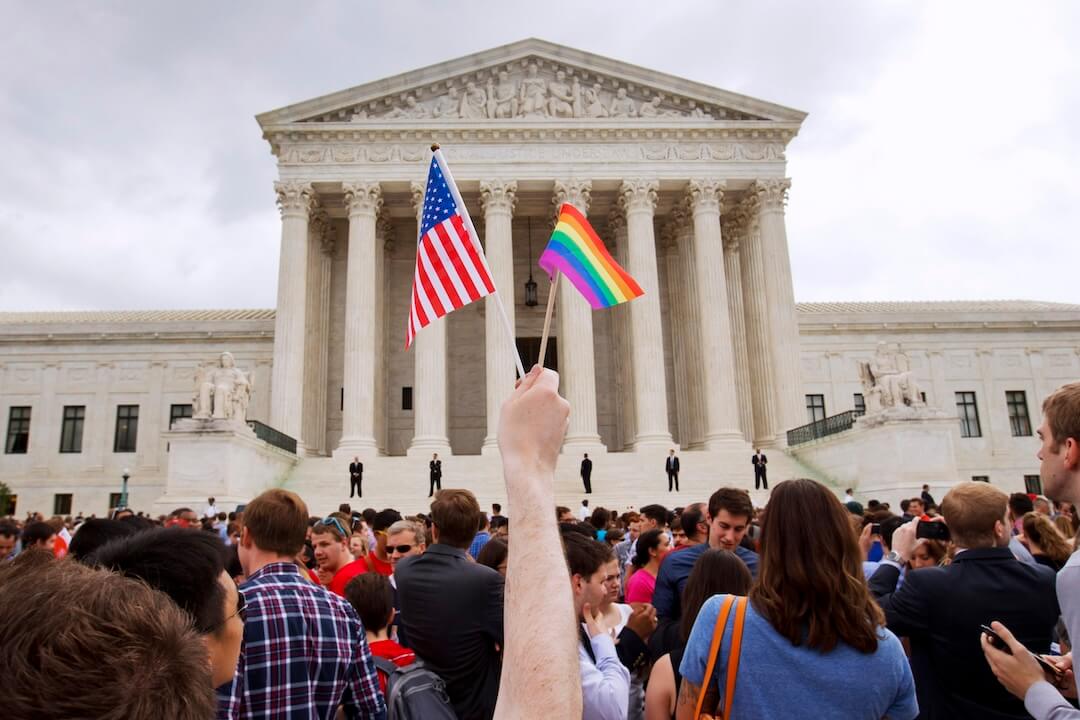Amid the pandemic and civil unrest, most Americans likely remember the 2020 presidential election as a tense time for the nation. A recent study from the University of Florida may have identified a major cause of this agitation: The Biden campaign, the Trump campaign and media coverage all frequently used authoritarian language.
Each candidate depicted doomsday if their opponent won. News media matched this in their coverage.
Both Joe Biden and Donald Trump asserted that the other lacked the values needed to lead a nation. Biden accused Trump of inciting violence, endorsing hatred and sowing division. Trump painted Biden as a weak, lifelong politician who would give the country to supposed looters, thugs and anarchists. The candidates tweeted these sentiments during the same June 2020 week.
Aware of the media’s duty to inform the public about political campaigns, candidates are wise to vie for media coverage that could sway public opinion. But should journalists echo their language?
Coverage of the issues
Decades of research have indicated that candidates are successful in influencing the media coverage of the issues that the media cover. If candidates are talking about an issue, the media will match it.
However, the candidates also match media coverage — if the media are covering an issue, the candidates are likely to match it.
A team of political communication researchers at the University of Florida (led by myself, Brittany Shaughnessy, a doctoral student at the College of Journalism and Communications) found that this was the case in the 2020 presidential election. We analyzed 1,532 Biden campaign communications, 2,490 Trump campaign communications, 1,456 articles from The New York Times, 928 articles from the Washington Post, 463 articles from The Wall Street Journal, 773 articles from CNN, and 154 articles from Fox News from August 2020 to Election Day. For the news articles to be included in the analysis, they had to include the terms “Biden,” “Trump” and “election” either in the title or the text of the article.
The media was successful in influencing campaign Biden and Trump campaign communication, and the campaigns swayed media coverage.
Biden, the winning candidate, had a bigger influence on media coverage than Trump.
The Biden campaign prioritized COVID-19, followed by the economy, civil unrest and police brutality. Media coverage prioritized civil unrest and police brutality in 75% of the analyzed articles, followed by COVID-19 and the economy. Trump prioritized the economy, followed by crime, civil unrest and police brutality.
These results indicate that the campaigns and media coverage focused on the unprecedented issues of that election.
Crucially, they all utilized doomsday framing.
Moral language
Both campaigns claimed that democracy could be saved if the nation upheld the candidate’s values, and the Biden campaign went so far as to say that they were fighting for the “soul of America.”
The candidates put their values and morals at the forefront of their campaigns with the hope of appealing to voters during unprecedented times.
While previous research had examined the emotions used by candidates and media coverage, there was no scholarship that had examined the use of moral language by candidates and media coverage in the months before Election Day.
In turn, we took to examining the moral language that guided the 2020 presidential election, turning again to campaign communication and media coverage.
We followed the logic of Moral Foundations Theory, which says that there is a distinct set of morals that guides human communication. The theory dates back to 2004, when psychology researchers Jonathan Haidt and Craig Joseph sought to understand why the morals guiding society transcended cultures — each culture seemed to share an innate sense of morality.
Haidt and Joseph theorized that there were five sets of cross-cultural moral pillars. Each has both a negative and positive connotation, as Haidt and Joseph posited that there were different aspects of each moral.
First is the harm/care pillar, which emphasizes suffering and empathy for others.
Second is the fairness/reciprocity pillar, which denotes the unfair treatment and deception of some, and justice for others.
Third is the ingroup/loyalty pillar, where the “ingroup” portion separates those with shared characteristics from those lacking characteristics. The use of this pillar indicates that one is willing to sacrifice oneself to advance their group and endorses consequences for betraying their group.
Fourth is the authority/respect pillar, which emphasizes the status quo of the United States and pushes for the maintenance of current social hierarchies while emphasizing obedience, respect, and the importance of everyone’s role.
Fifth is the purity/sanctity pillar, which denotes chastity and wholesomeness.
In their work, the researchers took the theoretical concept of morality and turned it into a tangible concept, testing each news article and campaign communication for the presence of specific language that constructed each moral pillar.
The Biden campaign had a heavier influence than Trump on media coverage of moral language, and the findings are bleak.
The Biden campaign and media coverage both frequently utilized language from the authority/respect pillar.
Both the Biden campaign and media coverage (on both sides of the aisle) often used language that endorsed social hierarchies and called to maintain the status quo in the United States, during a time of unrest among the public. If you don’t recall media coverage or the Biden campaign overtly saying this, you would be right. The subtle use of this language by media coverage and the Biden campaign works to maintain historic norms.
Terms like “obey,” “power,” “command,” “duty,” “order,” “lawless,” “riot,” “rebel” and “defy” indicate the authority/respect pillar.
Though the Biden campaign and media coverage were encouraging the public to abide by COVID-19 policy, this also followed the murders of George Floyd and Breonna Taylor at the hands of police, and these words were present in coverage surrounding those issues, too.
The Trump campaign utilized this language as well, but not nearly as much as the Biden campaign or media coverage.
The top moral pillar for the Biden campaign, the Trump campaign, and media coverage was the harm/care pillar, where terms like “guard,” “preserve,” “freedom,” “violence,” “killing,” “damage,” “suffer” and “divisive” dominated communication.
These terms all indicate the suffering of others and retribution for that suffering — language that continued to divide a divided nation.
The purity/sanctity pillar, indicating wholesomeness, was among the least utilized by either campaign and media coverage. Now, politics may never be characterized as “wholesome,” but this is the only pillar to emphasize shared characteristics between groups.
It is also worth noting that the media coverage utilized all moral language more than either campaign did. So, the silver lining here is that journalists may be subconsciously more mindful of moral language than campaign staffers.
Turning to 2024
As we move into the 2024 primary season, journalists should be mindful of these findings in their reporting.
Journalists are the gatekeepers of public perception when it comes to American politics. In turn, they should consider the word choices that they use — particularly when it comes to the influence of political campaigns.
Whether divisive language is necessary for political campaigns is beyond the scope of this article. But divisive language does not need to be the norm for journalistic coverage of political campaigns.
Looking toward the future, journalists should be mindful of their language choices — specifically those that may inherently enforce social norms and hierarchies that have persisted for decades.
Journalists have the power to change the tone of the 2024 presidential campaign, as our findings revealed that media coverage shaped campaign communication as much as campaigns influenced media coverage.
Journalists can help ensure that coverage emphasizes the values that we share, and not the traits that divide us.







